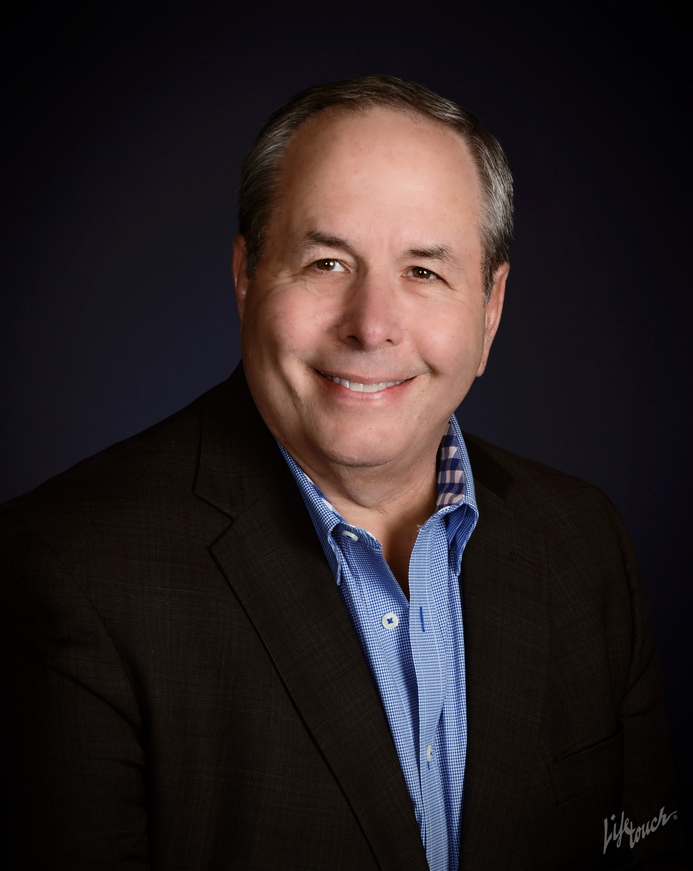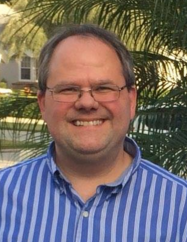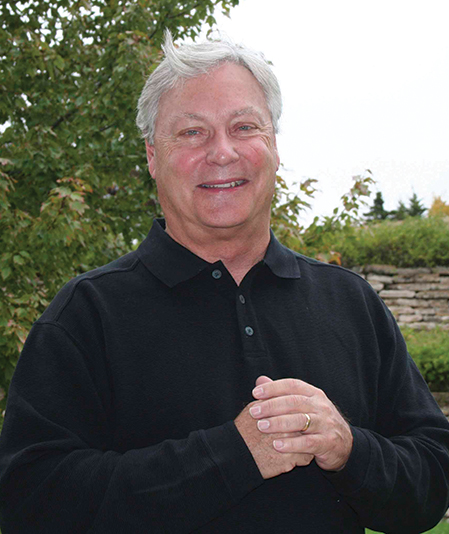
Remember when we were all figuring that Gov. Sam Brownback would be confirmed by the U.S. Senate as Ambassador for International Religious Freedom by Thanksgiving?
Maybe even Thanksgiving week, and Brownback could spend this weekend not at the mall for Black Friday or such, but instead clearing his stuff out of his Statehouse office and maybe walking through Cedar Crest, the governor’s mansion, to make sure that he didn’t leave a magazine under the sofa cushion or that spare toothbrush in the bathroom cabinet?
Well, that’s not happening, we’re told, and there is still no hard date set for a vote by the Senate that would hand him the ambassador post and Lt. Gov. Jeff Colyer the new business cards with the word “governor” printed in what appears to be gold on them.
While that all is interesting, the real job of being governor—of offering a new touch-up budget for the state and leading some effort to deal with the Kansas Supreme Court’s decision that the state’s school finance law is unconstitutional—is essentially idling somewhere in the Statehouse parking garage.
That means the pressure is building on the Legislature, which at this point has no idea of just what the likely new governor of the state will propose for the session before he stands for the GOP nomination for the governor’s race next year. That’s if there is a new governor…
What happens if by Jan. 8, when the Legislature convenes for its election year session with major issues simmering, Brownback still isn’t confirmed and we don’t see his red Buick’s tail lights headed east?
Well, things go a couple ways, mostly politically.
If Brownback is still here on Jan. 8 and delivers his State of the State address, then that’s what the Legislature works from, the second-year tune-ups that Brownback proposes for the remainder of this fiscal year and next when he won’t be here.
That leaves Colyer with two choices: Either come up with his own budget that the Legislature will have little time to consider, or back the budget of the guy who has left the state.
Politically, if Colyer doesn’t make identifiable—and attractive to Republican primary election voters—changes to the budget, well, he’s just managing the state. If he can come up with just two or three differences from the outgoing Brownback budget, he has something to sell to voters, doesn’t he?
But the fewer changes he proposes, the more loudly and believably Democrats can maintain that Colyer and Brownback have virtually the same policies, and that Kansas voters don’t want four more years of Brownback-style government. That’s not a bad tack to take, is it?
What most of us were thinking would be a relatively quick confirmation, or refusal to confirm—Brownback would have little real effect on the mechanics of getting through the upcoming session of the Legislature—has now become a little less certain (either way).
If Brownback isn’t confirmed—and some, with two Senate seats possibly up in the air, are looking to Alabama’s senatorial election next month and whatever happens to Minnesota Democrat Sen. Al Franken as important to that confirmation vote—well, then everything Brownback might propose loses most of its gubernatorial-endorsed value.
The result? A legislature that doesn’t have a governor to battle in debate or a legislature that must come up with its own agenda for this election year session which is likely to be more politically attractive than workmanlike.
Makes you wonder what the chatter is going to be at Kansans’ Thanksgiving dinners—and whether the person at the head of the table can order “no political talk” during dinner.
Syndicated by Hawver News Company LLC of Topeka; Martin Hawver is publisher of Hawver’s Capitol Report—to learn more about this nonpartisan statewide political news service, visit the website at www.hawvernews.com





















